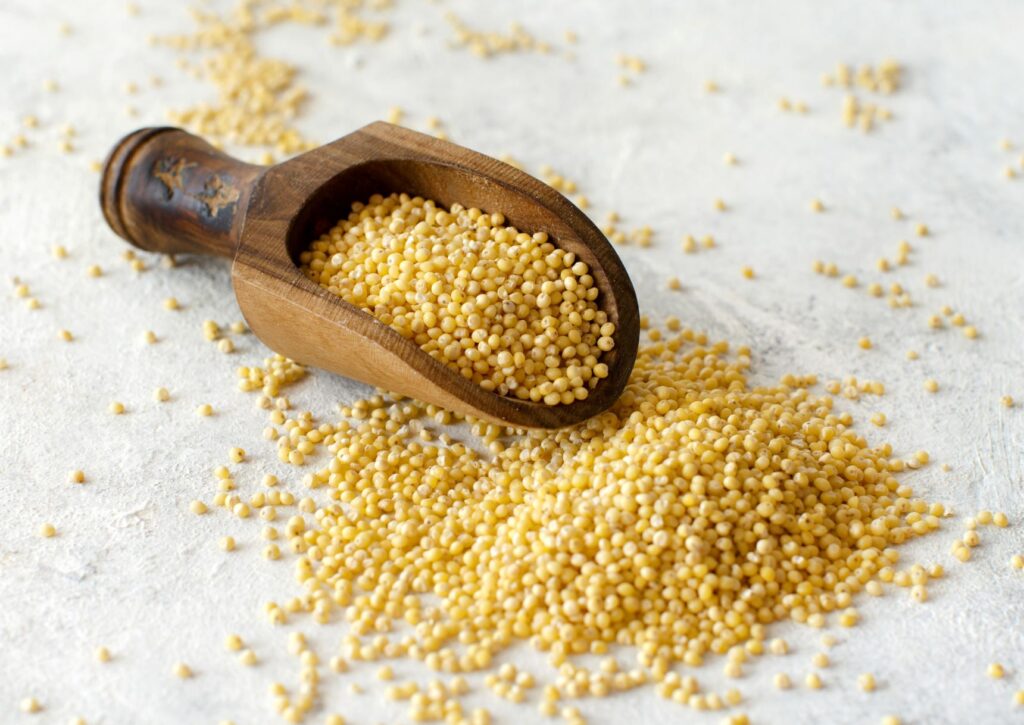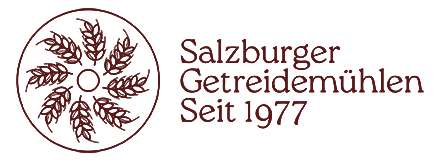
In terms of naming, millet is all about satiety. Already in the Middle Ages the grain was called Hirs(e). This name originally comes from Old High German, more specifically from the words hirso or hirs(i}, derived from the Indo-Germanic term hersja, meaning nourishment and satiety. Millet is rich in vitamins and minerals such as silica, iron and vitamin B6, as well as potassium, magnesium, fluorine and sulfur.
Different types of millet were already cultivated in the Middle Ages. As the use of wheat became more common, the cultivation of millet in the area decreased. In Asia and Africa, millet is still considered an essential staple of the diet. In 2020, however, only about 89.2 million tons of millet were grown worldwide. By way of comparison, global production of wheat in 2022 was 783.92 million tons – nearly nine times that of millet.
Millet belongs to the botanical family of sweet grasses, which also includes
count There are two categories of millet, sorghum and paniceae (also known as small mil let or true millet). Sorghum millet grains are considerably larger than those of Paniceae grain and produce higher yields.
Small millet includes several species such as:
The crop prefers favorable weather conditions, but is sensitive to water logging and requires warm soil. Drought and high temperatures are less likely to affect the growth of multi-limbed plants. On sandy ground, the cereal feels particularly well, as it consists of numerous flowers that grow in spikes – white, yellow or dark red. The color of the grain varies depending on the variety and can be strong to dull yellow and sometimes glassy, depending on the carotene and protein content.
Before you can process the grains, they must first be separated from the husks. Unlike wheat, in millet all the valuable minerals and nutrients are distributed throughout the fruit body and are not concentrated mainly in the husk. As a result, millet – whether ground, as flakes, semolina or whole grain – still retains wholesome properties. An exception is the dark-shelled brown millet, which is also known as panicle millet and in which the husk is also processed.
Millet is often used in gluten-free baking because, unlike wheat, rye and barley, it does not contain gluten.
It is recommended to soak millet in water before further use, as it contains phytic acid as well as many health-promoting substances. This binds minerals and makes them unavailable to the body. Soaking for one to two hours allows the dissolution of phytin from the grain. Be sure to drain the water beforehand. It is generally not recommended to eat millet raw because some enzymes contained in the grain can cause harm to the body. However, heat destroys these enzymes.
Address:
Gasteigweg 25,
5400 Hallein
Austria
Opening hours:
Monday to Thursday: 09 – 16:00
Friday: 09 – 12:00
Contact:
Phone: +43 6245 83282
E-mail: info@agrisan.at
Address:
Gasteigweg 25,
5400 Hallein
Austria
Opening hours:
Monday to Thursday: 09 – 16:00
Friday: 09 – 12:00
Contact:
Phone: +43 6245 83282
E-mail: info@agrisan.at

